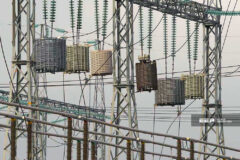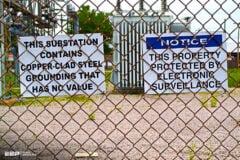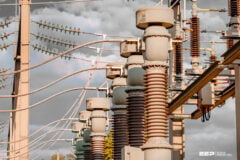Operating in a power substation
Substation operation and maintenance is one meticulous and critical job that requires a great deal of expertise and familiarization. The complexity and scrutiny increase exponentially as the focus shifts to a higher voltage level, as the margin for error tends to zero.
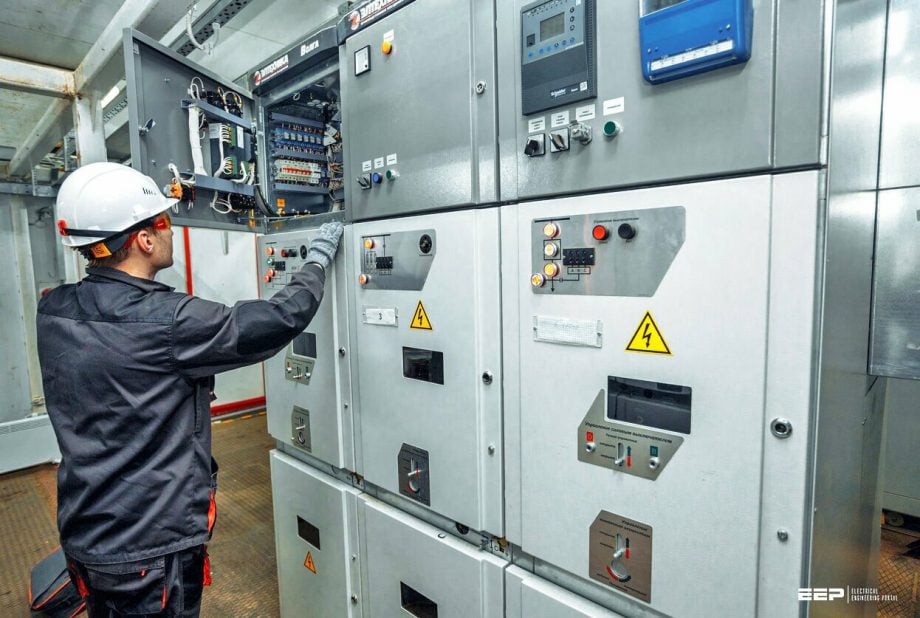
Already labeled as a daunting task, many fresh and relatively inexperienced engineers are more prone to mistakes and errors during the maintenance or operation of power substations, sometimes due to negligence or other various reasons.
In this article, our focus will be on some of the most recurring yet, critical mistakes made by inexperienced engineers, and technicians while operating in a power substation, irrespective of voltage level.
IEC 62061 defines the fatal hazard severities as catastrophic, Category I (4) and severe injury or morbidity as critical, category II (3). The deadliest mistakes covered in this article are notoriously famous as the major causes of these categorized fatalities.
- Misinterpretation of the single-line diagram (SLD)
- Operating sequence and interlocking of switchgear
- Operating the control panel when the circuit is live
- Undermining the safety protocols while dealing with live parts
- Neglecting the potential differences
- Use of old, uncalibrated, or unreliable tools
- Post-hazard response factor
- Special mentions
- Anatomy of mistakes
1. Misinterpretation of SLD
Timely and accurately updated single-line diagram (SLD) and as-built drawings are the lifelines of any troubleshooting and maintenance works.
For new engineers operating in a new substation, the first step must be to check the physical compliance of on-site arrangement with the documented SLDs and get familiar with any alteration in original arrangements: rushing through the documents without considering this factor might turn fatal.
Rushing through the maintenance without fully understanding the wiring diagrams and SLDs can instantly turn into a grave mistake.
Figure 1 is an example snap from the as-built single-line diagram of a power substation, and it comes with a very important message, “IF IN DOUBT, ASK”. Hit and trial are notoriously popular among young engineers when it comes to troubleshooting but it is must be discouraged since it is often an invitation to mistake rather than being useful.
Figure 1 – “IF ANY DOUBT, ASK“. Important SLD sample message
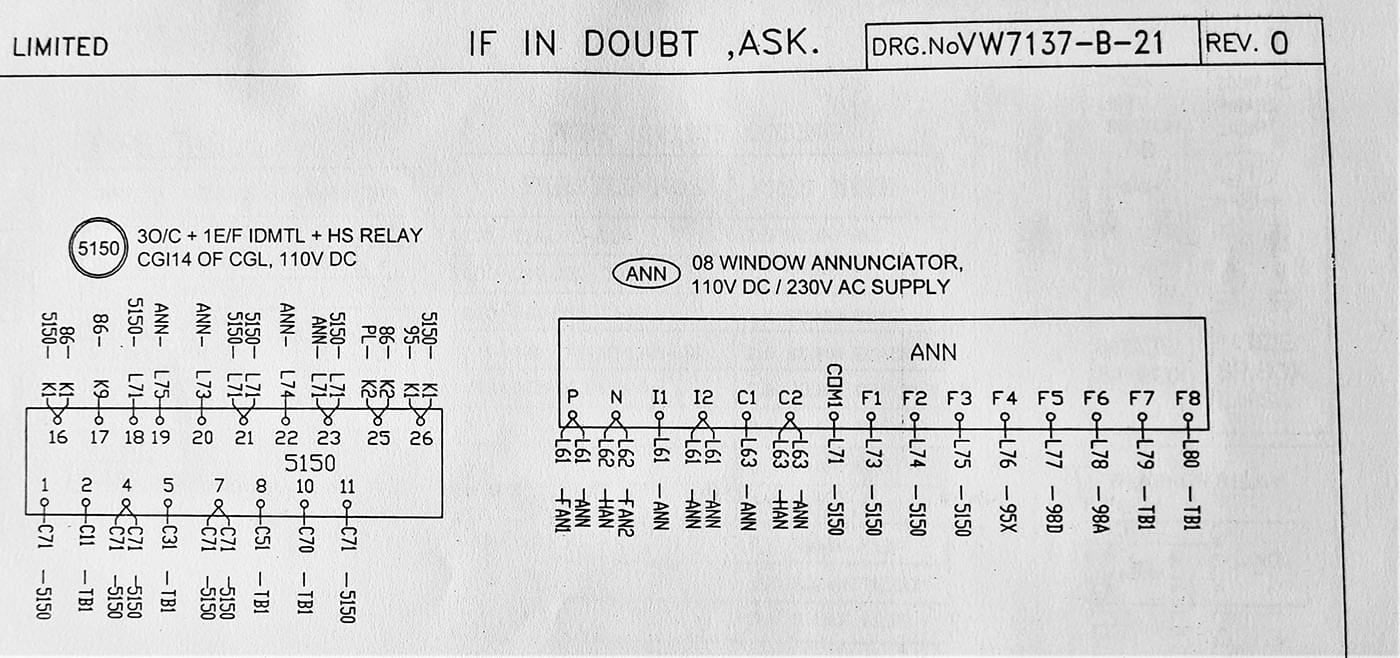

Go back to the Contents Table ↑
2. Operating sequence and interlocking of switchgear
While the problems of SLD misinterpretation are more of observational issues, the mistakes in the operating sequence of breakers and switches are often the outcome of inexperience and negligence.
Simply put, the engineers must never make or break the live circuit via manual disconnecting switches. They can very easily be misunderstood for dropout fuses or Load break switches but they are neither of them. Their sole purpose is to isolate or connect back the downstream part when the circuit is not live and are almost always accompanied by a circuit breaker or other switchgear to make or break the circuit in live mode.
Membership Upgrade Required
This content is not available in your premium membership plan. Please upgrade your plan in order to access this content. You can choose an annually based Basic, Pro, or Enterprise membership plan. Subscribe and enjoy studying specialized technical articles, online video courses, electrical engineering guides, and papers.
With EEP’s premium membership, you get additional essence that enhances your knowledge and experience in low- medium- and high-voltage engineering fields.
Black Friday Deal 💥 – Save 20% on Pro Plan with code BLACKFRIDAY
Copyright Notice
This technical article is protected by U.S. and international copyright laws. Reproduction and distribution of PDF version of this technical article to websites such as Linkedin, Scribd, Facebook and others without written permission of the sponsor is illegal and strictly prohibited.© EEP-Electrical Engineering Portal.
Related electrical guides & articles
Premium Membership
Bishal Lamichhane
Electrical Engineer (B.E Electrical, M. Sc Engineering) with specialization in energy systems planning. Actively involved in design and supervision of LV/MV substations, power supply augmentations and electrification for utilities and bulk consumers like airports and commercial entities. An enthusiast and scholar of power systems analysis.Profile: Bishal Lamichhane



